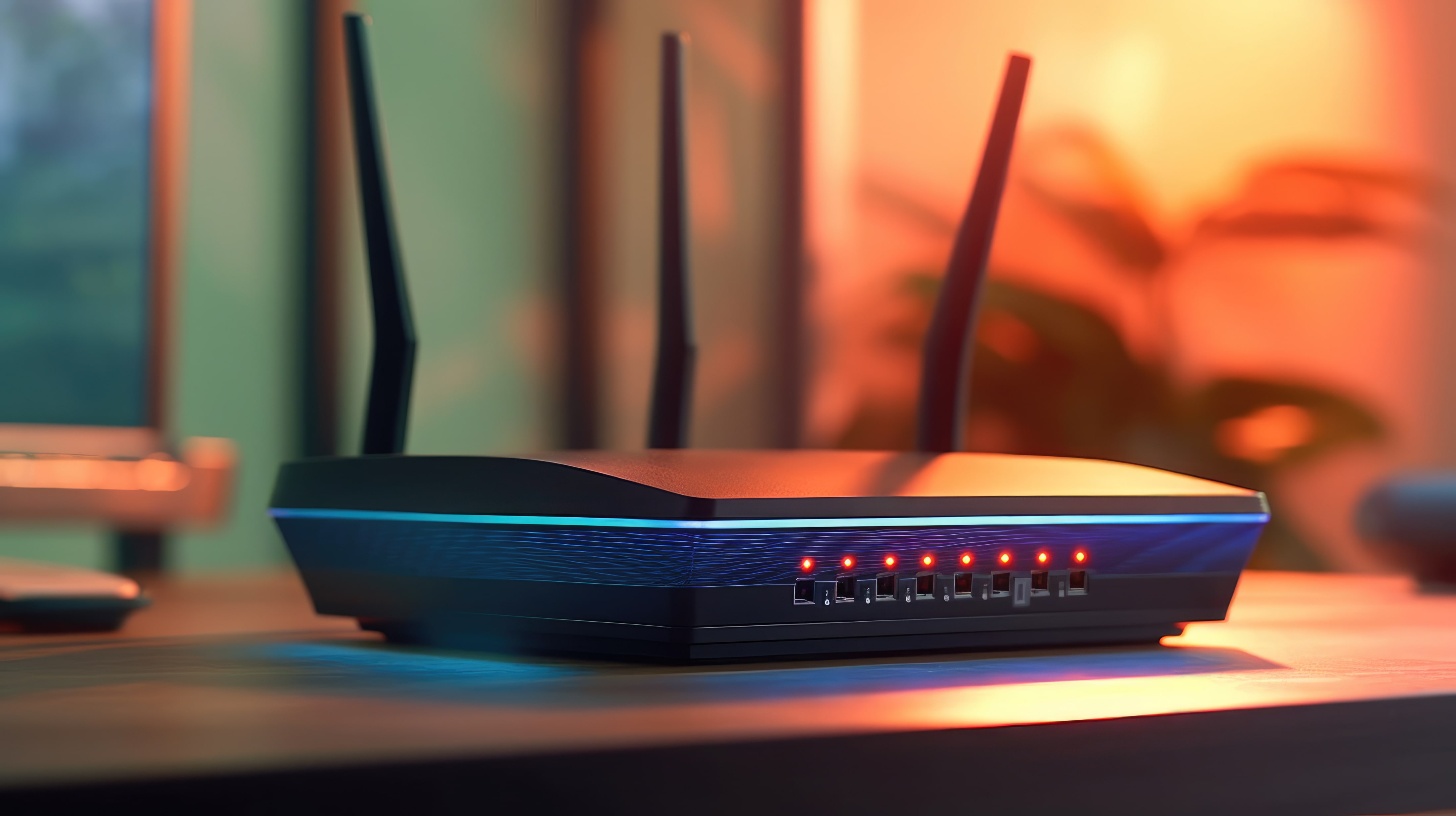Dispelling the Myths: Unraveling the Truth About Internet Speed
In this digital age, where our lives are intricately intertwined with the online landscape, internet speed is often a topic of significant interest and debate. It’s important to be able to tell fact from fiction so that you can make the right decision for your business.
Over the years, several myths and misconceptions about internet speed have emerged. These can often lead to poor decision-making and investing in solutions that deliver unsatisfactory results. Let’s explore these myths and unravel the truth about internet speed so that you can avoid expensive mistakes and choose the right provider and solution for your business.
Myth 1: Faster Always Means Better
The marketplace is packed with internet service providers that promise fast connections. In fact, most ISP marketing ads usually showcase speed as their most prominent service offering. However, while speed is undoubtedly important, it’s not the sole determinant of a quality internet connection. Other factors, such as latency, packet loss, and jitter play a crucial role in ensuring smooth interactions and reliable communication.
Myth 2: Maximum Advertised Speed is Always Attainable
There may come a time when ISPs can promise guaranteed actual speeds, but that time isn’t now. The speeds ISPs advertise are typically the maximum potential speed they can offer. Actual speeds can vary due to a number of factors, including distance from network nodes and network congestion. Understanding the difference between “advertised” and “actual” speeds is critical for managing expectations.
Myth 3: Upgrading Hardware Guarantees Faster Speeds
While upgrading your network equipment can enhance the efficiency of the network, you won’t experience a dramatic boost in internet speed beyond what your provider offers. Hardware upgrades simply allow you to ensure your network can handle the speeds you’re paying for. They can improve overall performance but won’t make your connection faster than what your plan offers.

Myth 4: All Internet Types Are Created Equal
The maximum speeds offered by DSL, cable, fiber-optic, and satellite services can vary greatly. Opt for fiber-optic connections if you want to tap into maximum speeds and lower latency or upgrade from a DSL or cable connection. Understanding the strengths and limitations of each type can help you to choose the most suitable option for your needs.

Myth 5: Your Internet Provider Is the Sole Determinant of Speed
While ISPs play a significant role in delivering your internet connection, there are other factors beyond their control that can also influence speed. External interference, network congestion, and even the services and websites you are accessing will impact your perceived speed.
Myth 6: A Faster Plan Will Always Solve Slowdowns
Occasional slowdowns in network speed are normal, even with a high-speed plan. We’ll say it again, but network congestion during peak hours or issues with online services can have a big impact on your connection. Even the fastest plan won’t eliminate these occasional hiccups.
Ready to explore the Fundamentals of Internet Quality? Check out the next post in our internet speed series.
